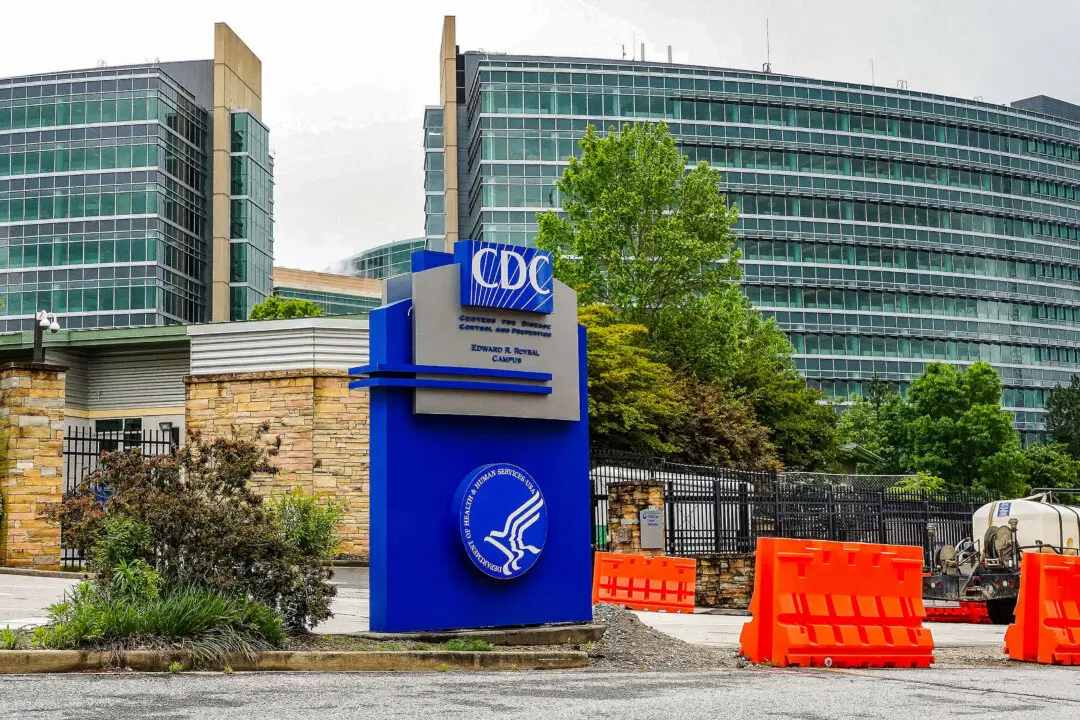The next pandemic could be a sometimes deadly fungal infection called Candida auris, according to experts with the U.S. Centers for Disease Control and Prevention (CDC).
The yeast-like fungus can be fatal if it enters the bloodstream, experts said, namely if it enters the body via healthcare and hospital settings.





